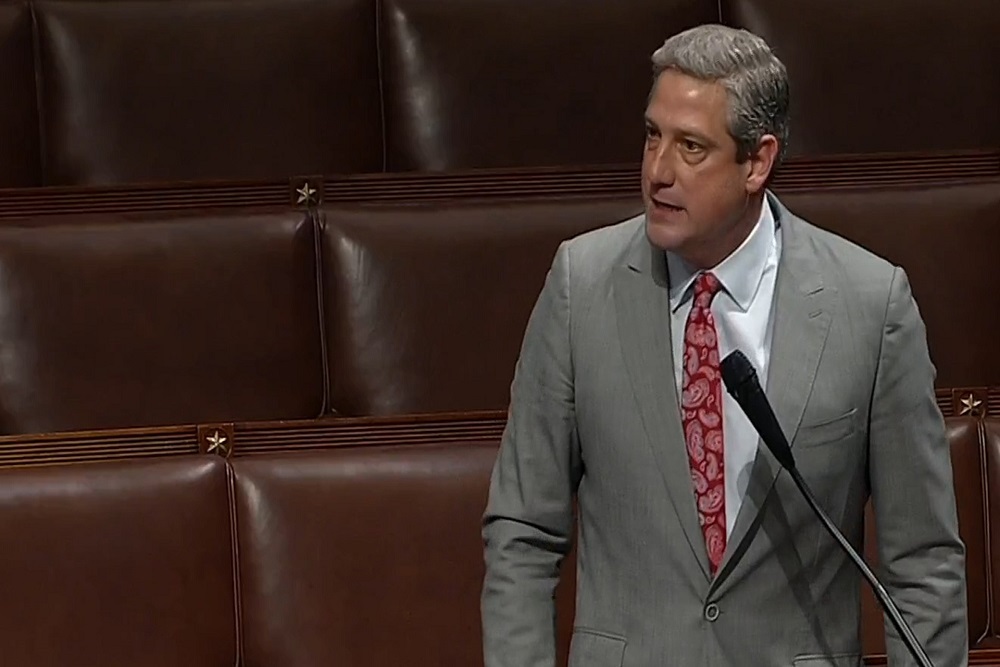Today, the House of Representatives passed the Water Resources Development Act (WRDA), bipartisan legislation that included key wins secured by Representatives Tim Ryan (OH-13) and Shontel M. Brown (OH-11). Reps. Ryan and Brown fought for several provisions in the bill, including increased federal cost-sharing for the Brandon Road Lock and Dam project and language supporting the removal of the Gorge Dam.
“I’m proud that the U.S. House of Representatives passed the WRDA bill that included resources my colleagues and I requested for the Brandon Road Lock & Dam project, as well as report language to support the removal of Gorge Dam,” said Congressman Ryan. “The generous cost share waivers we secured will help strengthen our region’s water infrastructure for generations to come, resulting in safer and healthier Ohio communities.”
“By restoring local ecosystems and investing in our water resources, this bipartisan bill will protect the Great Lakes and Cuyahoga River for generations to come,” said Congresswoman Brown. “I am glad the bill includes increased cost sharing for a key project that will prevent the spread of invasive species to the Great Lakes. Meanwhile, language in the bill brings us one step closer to improving water quality and recreational opportunities in the Cuyahoga River by finally removing the harmful Gorge Dam.”
Background
Brandon Road Lock & Dam project
The Brandon Road Lock & Dam project, authorized in WRDA of 2020, involves construction of deterrents at Brandon Road to prevent aquatic invasive species from entering the Great Lakes. The project included a 65 percent federal, 35 percent non-federal cost share. However, Great Lakes Governors indicated the non-federal balance is beyond their capacity to match.
The provision secured by Reps. Ryan and Brown shifts the cost-sharing to 90 percent federal, 10 percent non-federal.
Gorge Dam
The Gorge Dam, constructed in 1913 and located along the Cuyahoga River, was operated as a hydroelectric power plant until 1958. The reservoir behind the dam subsequently became a source of cooling water for a nearby coal-fired power plant until 1992. While the power plant is no longer in use, the dam is still in place, along with the considerable contaminated sediment trapped behind the reservoir.
The Dam has been identified for removal due to the significant potential water quality benefits the project would bring. Removing the Gorge Dam will restore biological conditions, make the Cuyahoga River a free-flowing river for the first time in more than a century, and expand outdoor recreation and local tourism opportunities in the region. In 2015, the Ohio Environmental Protection Agency (EPA) completed a feasibility study indicating cost of the project is around $70 million, with approximately $57.5 million for sediment removal and $12.5 million for dam removal. The EPA will pay 65 percent for the removal of contaminated sediment behind the dam.
The report language secured by Reps. Ryan and Brown highlights support for the Army Corps of Engineers to work with the EPA and the State of Ohio on removal of the Dam.
Original source can be found here.






 Alerts Sign-up
Alerts Sign-up